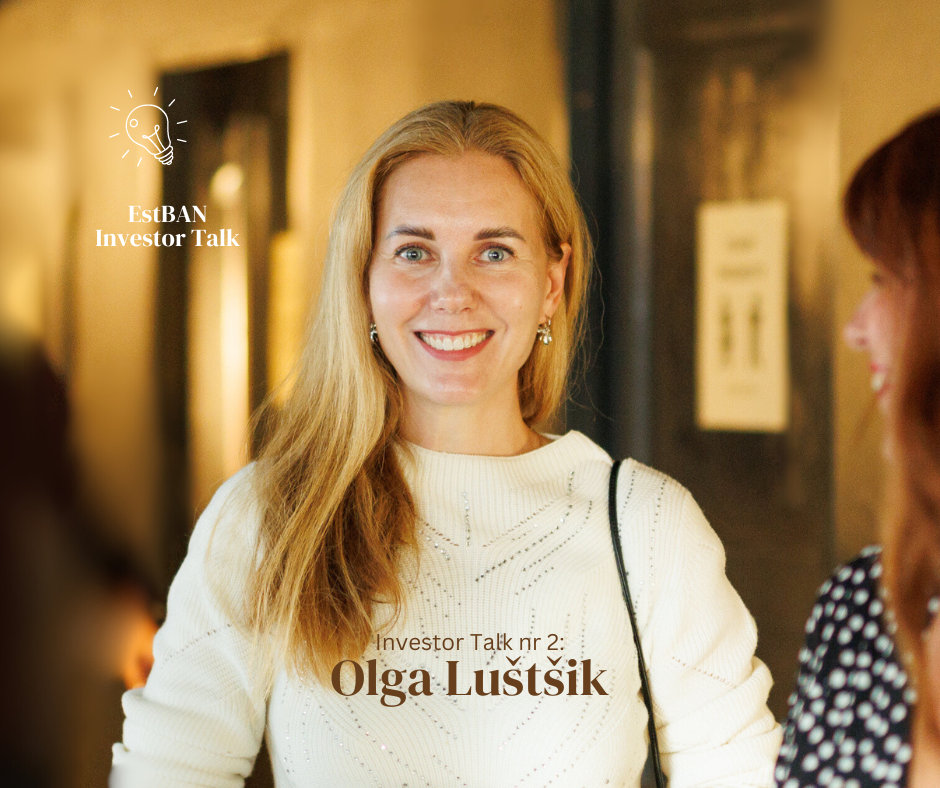Petri Lehmuskoski is a serial entrepreneur turned to angel investor who is now helping startups at Finnish Government-backed Vigo accelerators and mentoring wantrepreneurs at the Founder Institute Finnish Chapter. All that when he’s not busy managing his angel portfolio of more than 40 companies.
Petri was interviewed by Marek Unt from JLP Communications Agency.
How did you find your path to angel investing?
I’m an entrepreneur – I started my own company at 18 years old and did it for 27 years. When we were just beginning with our business, we experienced some generosity ourselves, seeing wealthy people investing money into our enterprise.
My first investments were actually what you could call “fool’s money” – simply giving away some money that at some point could just “disappear”.
After selling my company in 2005, I started investing myself. I started with stocks and property, and then came start-ups. I’ve been a professional angel investor since 2008, since 2010 it’s been a full-time job.
All the previous years have included learning from mistakes, understanding what the problems and benefits are, and what I could do better.
Have you come up with your own investment principles?
My portfolio includes 44 companies, most of them B2B or B2B2C.
I tend to avoid cycles of long developments, so if your start-up has a 5 year development cycle, it’s not for me. Also, I typically don’t go for companies that require large amounts of additional financing. If you have a plan where you need 10 million dollars, it’s not for me, but for someone else.
44 companies is a lot – how do you keep up with such a large portfolio?
The biggest limit for an angel investor is time. You can’t be really active in that many different companies. That’s why I invest not only directly, but also through angel funds where other angels are active.
How many active angel investments do you have where you are really “hands-on”?
I’d say that you can actively handle maybe three or four at the time – when they are in early stages. In later stages they need more time and help at certain periods.
Are your portfolio companies mostly in Finland?
Yes, indeed, but there are also companies outside of Finland in my portfolio, where typically there’s another lead angel or angel fund that’s managing it.
Have you done investments in the Baltics yet?
No, not yet. The main problem for me is diversification. You could do one or two good investments here, but I would need more variety. This is why I prefer to work with angel funds where you can be exposed to a larger number of companies.
What do you think about the current scene of start-ups in Finland?
The Finland start-up scene is healthy. Estonia is better.
Estonian companies need to direct their businesses outside the country right away because you have a small home-market. In Finland we have a slightly bigger, viable market – this makes people lazy. In short, Estonian companies are required to work harder. If I take my recent Top 10 start-ups – three of them are Finnish, four of them are Swedish, and three of them are Estonian.
Finnish gaming start-up scene is well-known and strong – as an investor, what do you think of that?
The gaming scene in Finland is in a bubble. Valuations are based on 3-4x exit value of Supercell – I call that impossible.

Petri trying out the Stigobike at the EstBAN/LatBAN Angel Camp.
Do you feel there is a competition between the Nordics and the Baltics for the title of the start-up hub?
No, it’s Finland (laughs). We have Slush (startup event in Helsinki – ed.).
If I look at the accelerator programs, Estonia is far ahead. Then again, Swedes have huge experience at this. If we look at STING (Swedish business incubator – ed.) and compare it to all Estonian incubators combined, STING is still much bigger and better. There is simply a history of this in Sweden. Other than that, I would say the start-up scene in Estonia looks great.
In Finland we only see Startup Sauna, compared to Startup Wise Guys (B2B accelerator program – ed.), Buildit (hardware accelerator program – ed.) and others in Estonia.
What are the most necessary things the countries can cooperate on to improve their competitiveness globally as a start-up region?
One of the difficulties of building a start-up is the learning process. It’s essential to have good teachers. We have to bring the good teachers in and that’s one of the challenges. There aren’t that many people who can do that, you have to figure out who they are.
Bringing in the right kind of mentors is a big challenge. We have people with corporative background, but building a start-up is totally different from running a corporation. In that sense it is important to find a suitable match.
Talking about big corporations, how important is Nokia’s legacy for the Finnish start-up scene?
It has produced lots of highly trained people. But can they build companies? That’s a different story. It’s definitely a legacy for the start-up scene, for instance a huge number of well-educated engineers came from Nokia. I believe Finland has the world’s highest population of engineers per capita.
What are your goals as an investor for the next year?
Specifically, I aim for six investments in 2015.
On a more general level – I have had passion for entrepreneurship all my life. I was in a corporation for 5 years, and it really wasn’t my place. I’m reliving my youth every time I work with start-ups. This is why it’s my passion.




